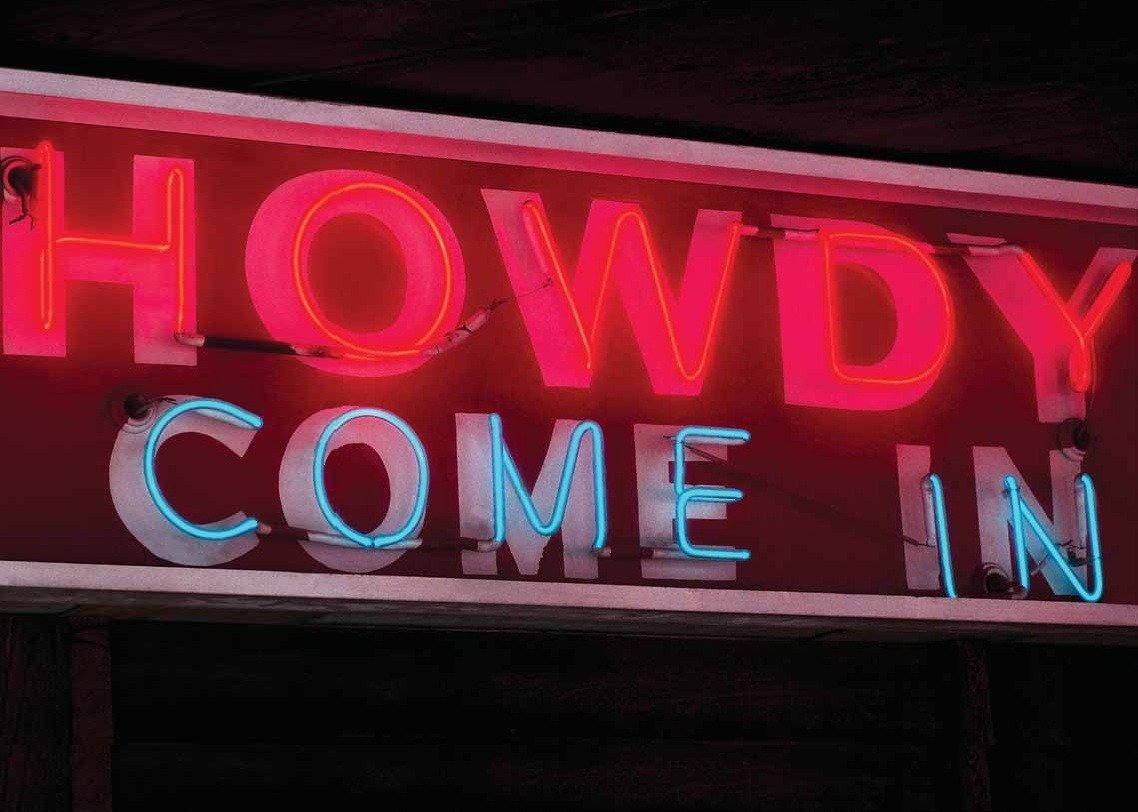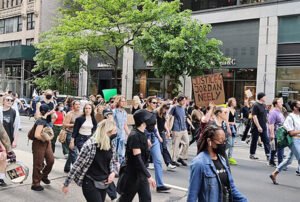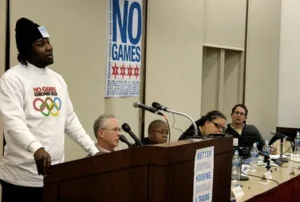
The first thing you see on the website www.caringbridge.org is the statement “Free, personal and private websites that connect people experiencing a health challenge with family and friends,” followed by a call to action: “Create a Site”—a button that, when clicked on, allows visitors to make their own personal CaringBridge website. The approach is direct, and it immediately explains why you are there in the first place. More important, it engages you in an experience that exemplifies the organization’s mission: to “amplify the love, hope and compassion in the world, making each health journey easier.” The site has a point of view that extends a promise to meet your needs, and then it delivers and something unexpected happens. You become engaged with a friend’s or family member’s battle with cancer. You give voice to his or her journey by creating a website around it. You help people remain connected during a very difficult time, sharing stories and laughter, and even praying together. All of a sudden, bits of digitally compressed data streamed to your computer become transcendent.
When the web emerged, in the 1990s, it was a seminal moment for the nonprofit community. The possibilities of enabling communication, interaction, and transaction around mission seemed endless. Then reality set in. Organizations came face-to-face with technical, operational, and content barriers that were far more difficult to overcome than anyone expected. We quickly learned that our two-dimensional marketing materials did not translate to the web; that a thousand page-views did not necessarily lead to deeper mission engagement; and that “if you build it” did not always mean “they” would “come.” Add to this the advent and growth of social media, which overturned notions of how we communicate and shattered the myth that pushing a message to a captive audience will ultimately create a relationship. On the web, audiences have come to expect a different kind of experience—one where they get to generate and shape content, playing an active role. What we discovered was that a nonprofit website could be more than a communication tool or repository for information and data; when a website is fully embedded in the life of the organization, it becomes a mission-delivery engine, simultaneously creating public value and promoting an intuitive understanding of what the organization is about.
Building a mission-delivery engine requires a process; KERA, the public radio and television station in North Texas, discovered a way forward. Early in the last decade, KERA faced the threat most media outlets were dealing with at the time: figuring out how to remain relevant to audiences looking to the web for their news and entertainment. This required organizations not just to repackage what they were producing but also create new ways to transform how audiences receive, process, and interact with content. Serving millions of listeners and viewers a week, KERA knew from the start that its greatest resource was its deep understanding of what its audience wanted and the ability to create award-winning content to meet those needs. At the same time, a cultural renaissance was taking shape in Dallas, led by the development of a multimillion-dollar arts district. KERA, in collaboration with a forward-thinking philanthropist and local arts leaders, saw an opportunity to use the web to connect its audience to, and deepen its participation in, the cultural vitality the region offers.
KERA sought to determine the scope of its value proposition by meeting with a variety of external stakeholders. Conversations with arts leaders led to new partnerships to build content, and potential audience members were engaged to provide insight into what they would look for and how they would want it delivered. Early on, it became apparent that there was a great need for enhanced arts coverage, but there were also calls for active participation in the creation of art. Synthesizing the results of its stakeholder outreach, KERA instinctually knew that creating a larger stage for the arts was only part of the equation. In order to engage and inspire users to take full advantage of what the arts have to offer, KERA had to take full advantage of the web’s ability to encourage interaction and dialogue. In other words, creating ways to tear down the boundaries between artist and audience was as important as offering high-quality arts criticism and in-depth information on arts events and activities.
Like CaringBridge, KERA forged a point of view about what it wanted to deliver. By meeting with its stakeholders, building partnerships, and garnering support for the effort, KERA was able to create a dynamic new offering—Art & Seek—that is more than just a website. With over three thousand community partners, the site has become the region’s central means of finding out what’s going on in the arts. And it has enriched the conversation by offering in-depth reporting and critical insight into the North Texas arts scene as well as opportunities to participate and share one’s own ideas and creativity.
When building a mission-delivery engine, it is important to recognize its centrality to organizational development. At its core, a mission-delivery engine is a complete rethink of a nonprofit’s programming strategy, and it should enhance the relevancy of the organization for those who directly benefit as well as those who invest in the organization’s ability to deliver value. It requires a cross-functional effort that engages all facets of the organization—where program, finance, development, and marketing are fully integrated, creating an engine that sustainably delivers and communicates value, and, in return, captures support for its efforts.
Sign up for our free newsletters
Subscribe to NPQ's newsletters to have our top stories delivered directly to your inbox.
By signing up, you agree to our privacy policy and terms of use, and to receive messages from NPQ and our partners.
Like most large-scale programmatic efforts, engine development requires that the organization reach out to stakeholders, leading to active partnership building and the securing of long-term engagement and support. And, by putting stakeholders at the center of the process, the organization not only ensures that stakeholders’ needs are met but also, through the organization’s approach to meeting those needs, ensures that the organization’s mission is communicated.
Critical to the effort is building a frame of reference that allows for the creation of experiences expressing the particular promise an organization makes to its stakeholders. This frame of reference comes from a melding of multiple points of view of users and supporters, draws its purpose from the organization’s strengths, and results in the formation of something new. It forges a bridge between the stakeholders’ wants and needs and the organization’s perspective of what is truly valuable, elevating the experience and expanding the impact stakeholder and the organization can create together.
Organizations put their web strategy at risk when mission is only a statement that is on their home page. What both CaringBridge and KERA teach us is that the web is central to how we enable, activate, and resource our mission. After all of these years, we need to get back to the possibilities that originally inspired us about the web. And so, more important than the drive to make sites more user-friendly, attractive, and easier to navigate is the intention to remain relevant and meaningful to our stakeholders.
We need to give them a space in which their needs are met and they can respond however they wish. They may laugh, cry, or take action. They may wish to offer a helping hand or share their own creativity. A collective prayer might be in order. In the end, the website is about them, not us.












